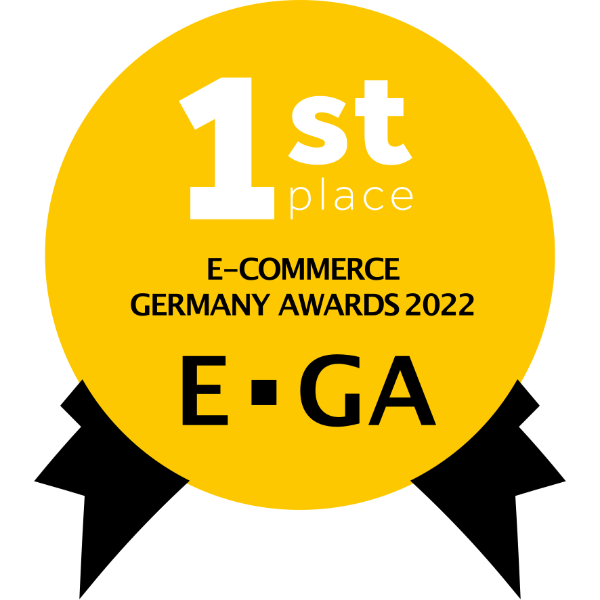
Natural Language Generation at the Bank
- Reading time: 2 minutes -
Good morning, Mr. Arnold. Could you please introduce yourself to our readers?
My name is Jörg Arnold. I am a trained banker and subsequently studied business informatics. I have been working for LBBW in various functions for more than 20 years now. I have been working on the topics of digitization in banks for more than 5 years now.
About LBBW:
Landesbank Baden-Württemberg (LBBW) has its main office in Stuttgart. In 2018, total assets amounted to approximately EUR 240 billion. In terms of total assets, LBBW is one of the 100 largest banks in the world and the largest Landesbank in Germany. LBBW has 10,000 employees at 17 locations worldwide. As part of the bank's digitization, LBBW also uses text automation.
In what ways do you use artificial intelligence in your private life?
Consciously, and that is still the fascinating thing about this topic for me, I don't use AI. And yet one is more or less obviously confronted with the widespread use of AI and corresponding results in almost every aspect of life.
In the banking world, AI applications are bringing about far-reaching changes. What are the big visions you are working on?
The big visions are certainly to use so-called "General AI" or "Strong AI." In other words, algorithms that independently and creatively pursue intellectual work in a form that a human being could also achieve.
However, we expect that such methods will only be fully developed in the medium term and that intensive research work will continue for several years to come. The current focus is therefore on operationalizing the available possibilities of artificial intelligence and integrating them into business processes. Our goals are to increase process efficiency and to make better decisions possible.
What development has LBBW already experienced on this long journey?
LBBW already uses artificial intelligence for a large number of applications in retail banking, business customers, financial markets, risk controlling, compliance, promotional lending, financial controlling, and auditing. We use affinity models for banking products and cancellation prevention, cluster analyses for segmentation, and time series analyses for predictive models of earnings development.
How does LBBW take its employees on this journey?
As part of our strategic approach to digitization, we have been working for some time on setting up a series of events that will report on various aspects of digitization. In addition to internal colleagues who work intensively on the topics, external experts on the respective topics will also give presentations as speakers. This is accompanied by intensive internal reporting on our intranet. In addition, the topics of digitization are also deepened by a dedicated continuing education program. Executives are required to enable broad-based participation.
You use the NLG platform AX Semantics for some tasks. How does LBBW use text automation?
We are piloting data-based text creation at different points in the bank. The aim is to largely automate required mandatory publications, e.g., in the environment of our research, in order to relieve our highly specialized analysts of such routine tasks.
What other fields of application do you see within banks for text automation?
Another focus is text mining and semantic analytics: for example, for automated balance sheet analysis or the classification of documents and related reports.
Many thanks for the interview.
In the financial sector, more companies are relying on text automation. Two more examples are Deloitte and Creditreform.


